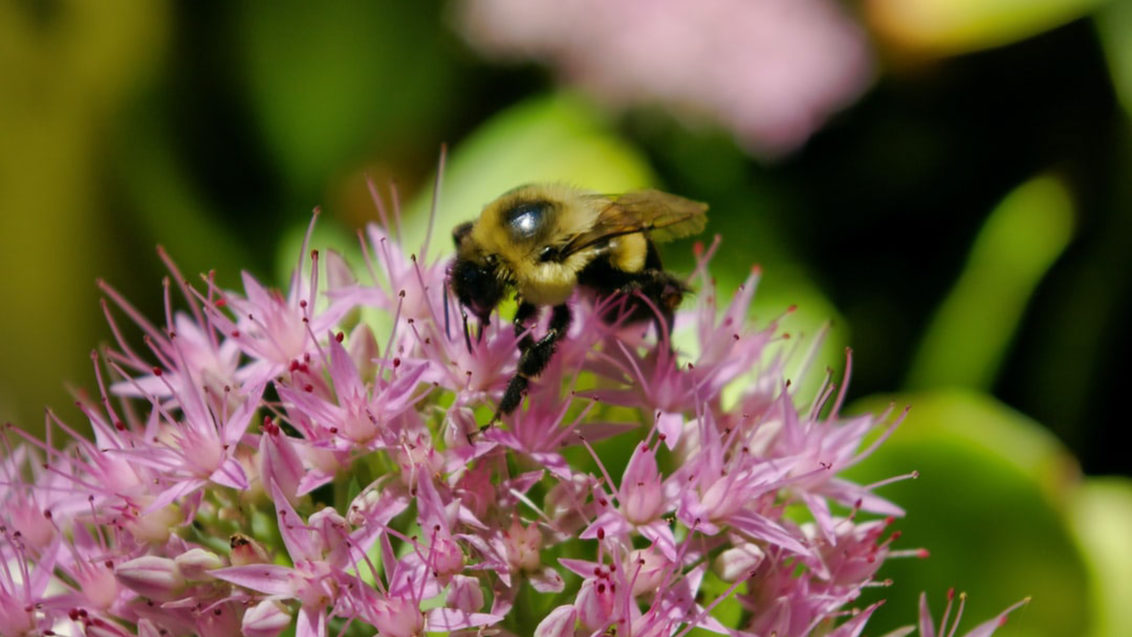Compatibility & Mixing: Best practice advice
We’re currently in the process of finalising plans for the launch of our new ornamentals adjuvant. I’ll be telling you more about it soon but it’s also got me thinking about some of the ways of ensuring compatibility when products are mixed in your spray tank – whether you use a knapsack, trolley sprayer or tractor.
We’ve already looked in a previous blog at the benefits of adding an adjuvant when you spray. In addition, you may sometimes consider using a combination of crop protection products or a liquid fertiliser or plant biostimulant.
If you are considering mixing crop protection products, perhaps to save time and labour costs, remember that the different pests or diseases you may want to control may be much more effectively targeted separately, at different locations on the crop, or at slightly different timings. Mixing products, rather than applying separately, might also compromise your ability to alternate applications as part of your resistance management strategy.Don’t forget, that the more products you may try to mix, the more risk of some phytotoxic effects, especially on ornamental crops, for reasons we’ll talk about later in this blog.

The rules say you can mix any two or more products as long as you meet the conditions on each label and there are no specific label restrictions against that particular combination. And you can use any adjuvant as long as it is authorised and the use is in line with both the adjuvant label and those of any products in the tank mix.
If tank mixing, remember that you need to ensure your COSHH assessment and personal protective equipment are right for the product requiring the most stringent standards. That goes, too, for your measures to protect wildlife, buffer zones and so on.
Crucially, you need to ensure that all of the products you put in the tank are fully compatible with each other. If one of them isn’t, then at best you end up with a sludgy mess that blocks your filters, renders the mix useless, takes forever to clean out and gives you the hassle of disposing of this mess in a correct and safe manner; at worst you could do more harm than good to your crop.
At the root of incompatibility
The more different products you mix the more likely some sort of incompatibility will arise. It’s usually the solvents, wetting agents and other components of each product’s formulation, rather than the active ingredients themselves, that can react together to make them incompatible in a tank mix. The most obvious physical incompatibilities include liquid formulations turning into gluey globules; powders or granules that fail to dissolve or disperse and instead form sediments; or foaming due to incompatible surfactants, which can lead to tanks overflowing, pumps unable to work to the correct pressure and incomplete dispersal of other ingredients.
Less immediately obvious are the biological incompatibilities that may only become apparent through their impact on the crop. One form is synergism, where two products normally safe to the crop become phytotoxic when combined. This can happen, for instance, when a surfactant in the formulation of one product causes too much active ingredient in the other to be taken up by the plant.
The opposite effect, antagonism, can also occur, when one or other of the components in the mix becomes less effective. For example, some active ingredients are quite sensitive to pH. If the formulation of one product is designed to buffer to a certain pH to prolong its activity, it could be the wrong pH for another in the mix, making it break down faster.
Look out for the next blog in the series next week!

